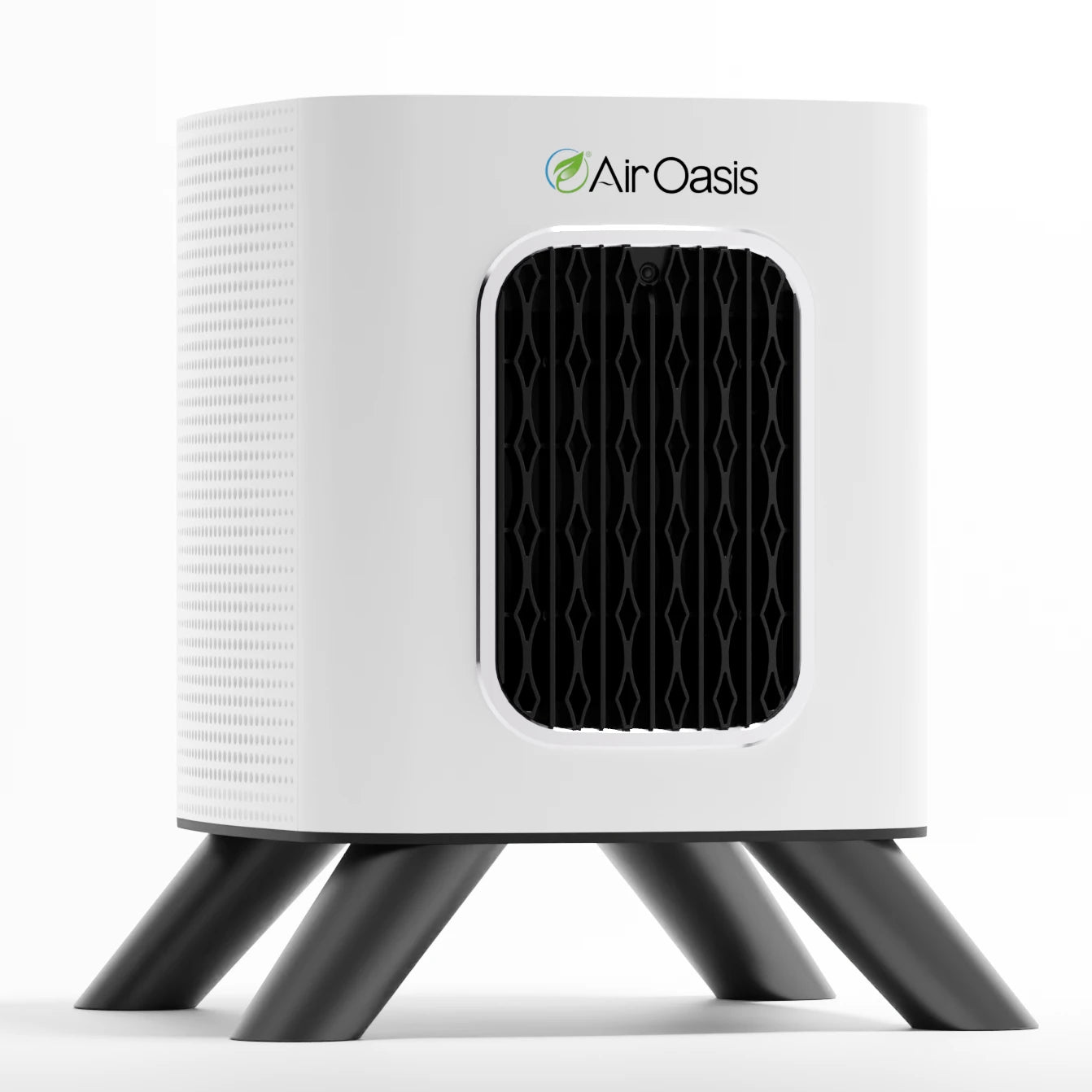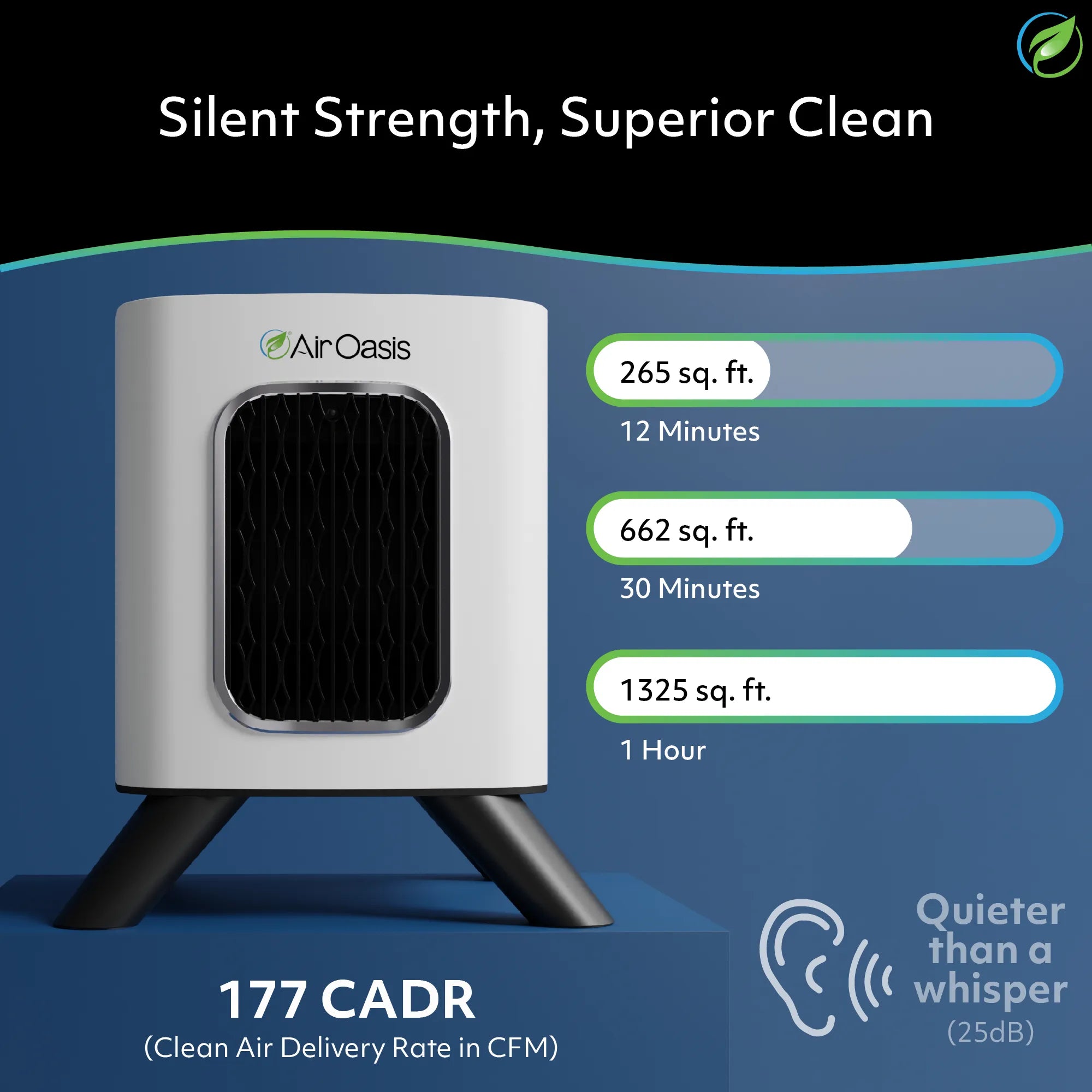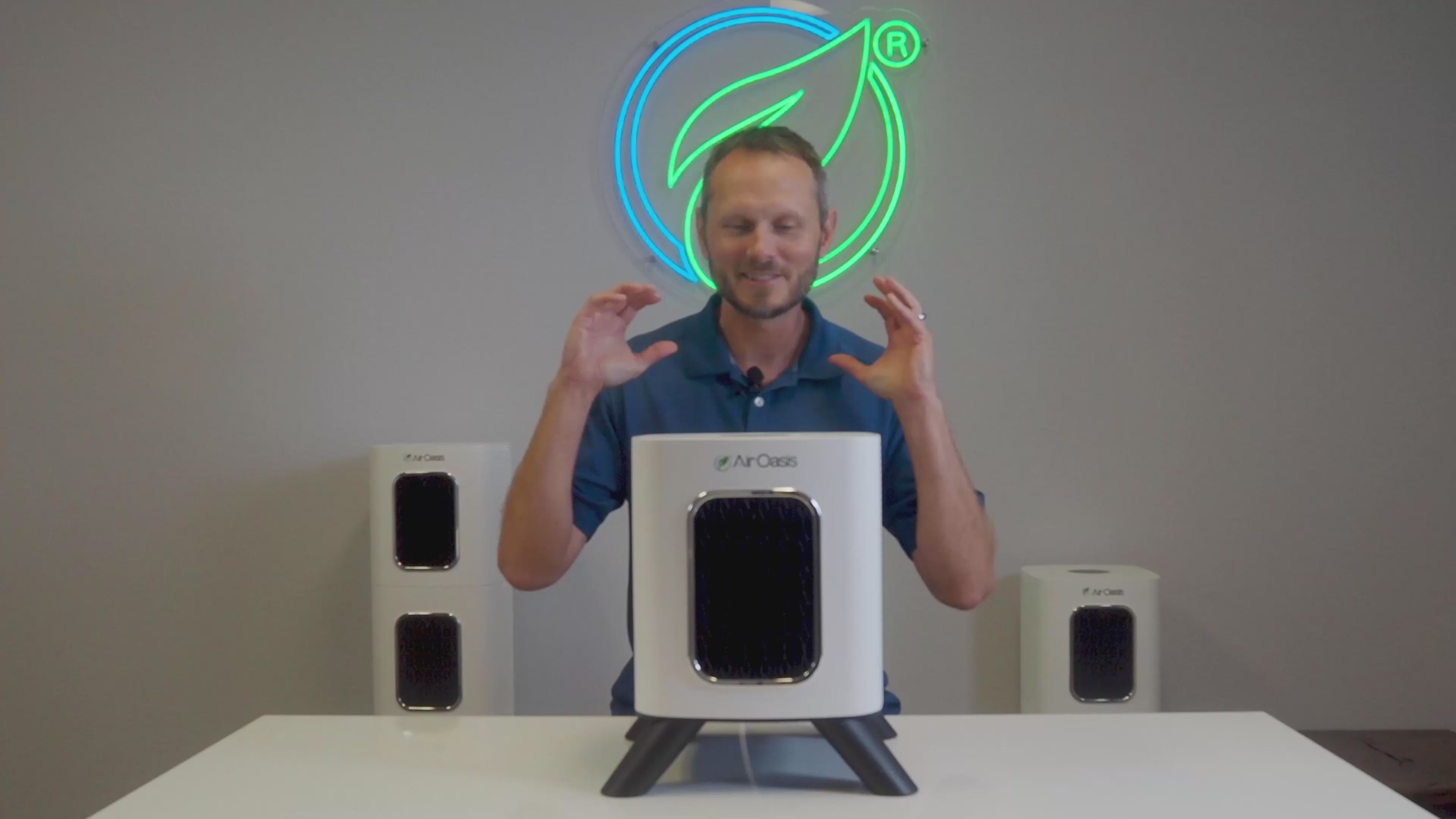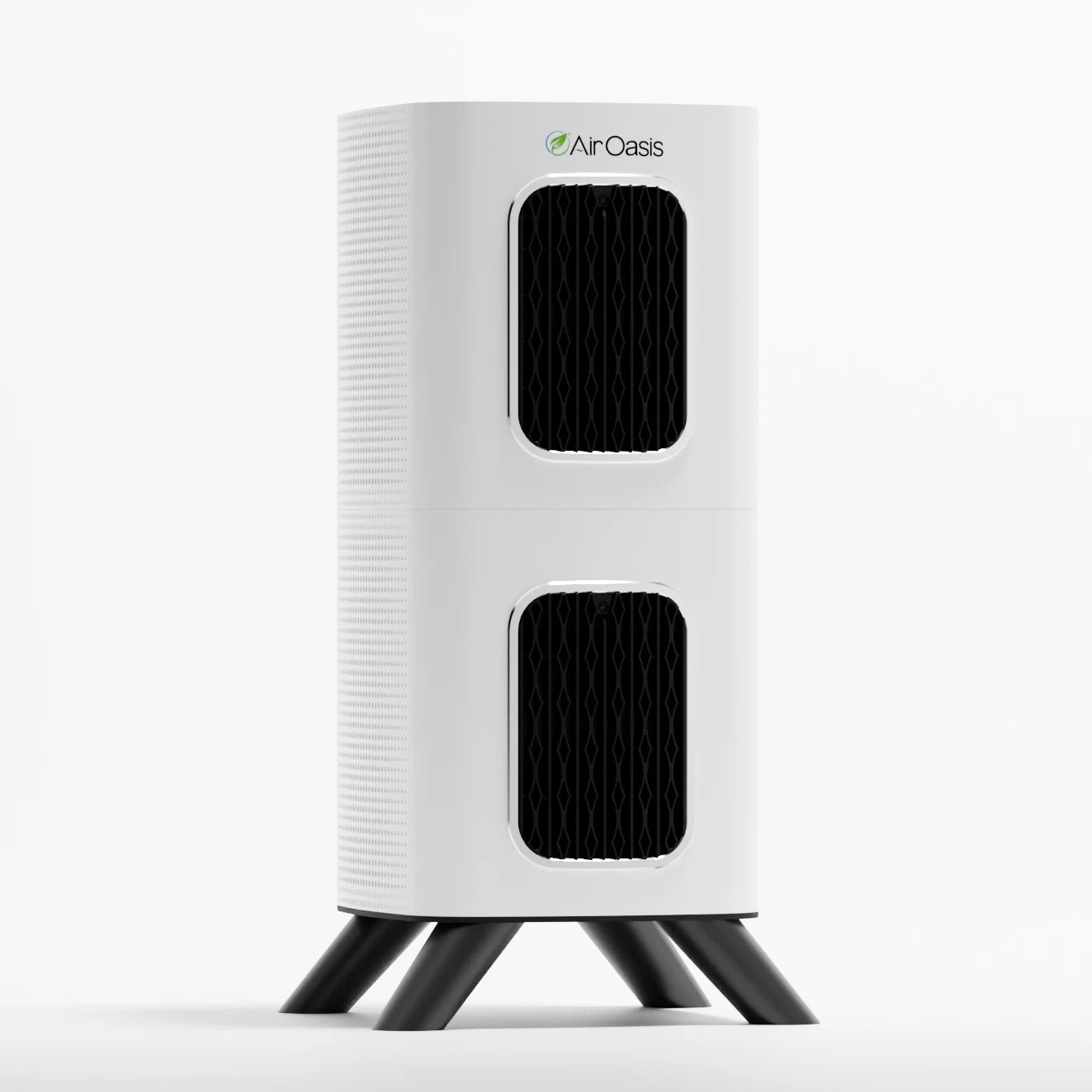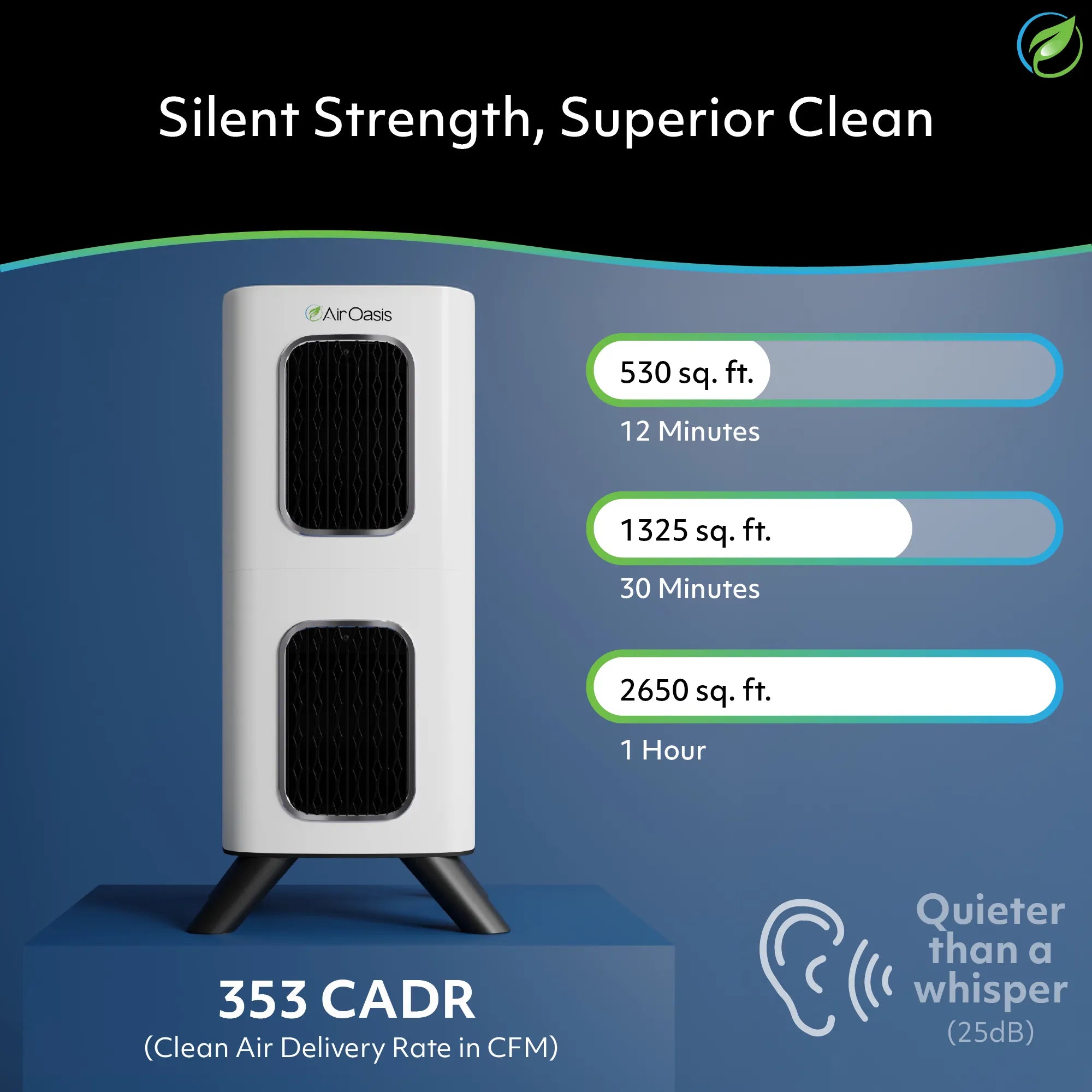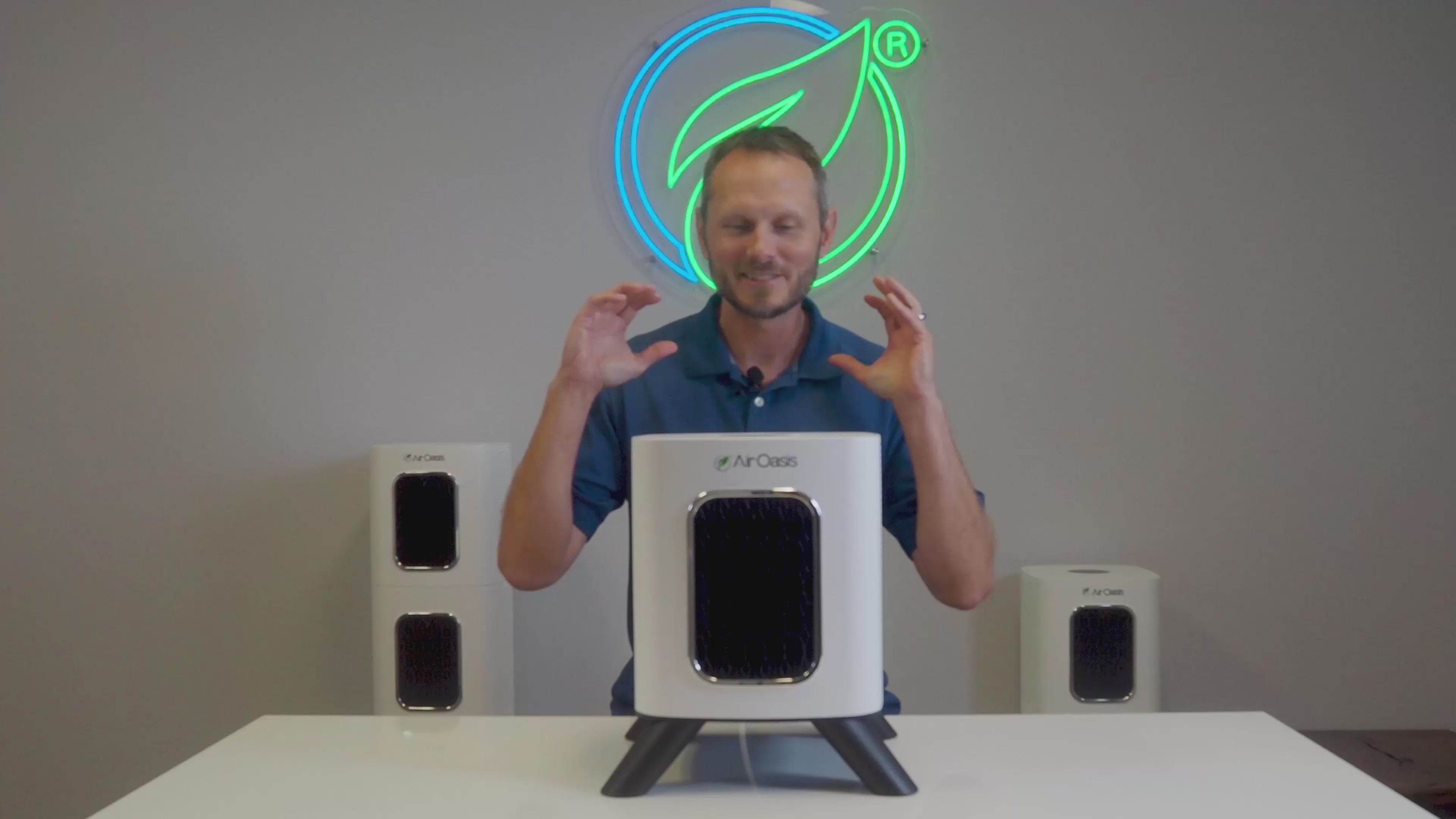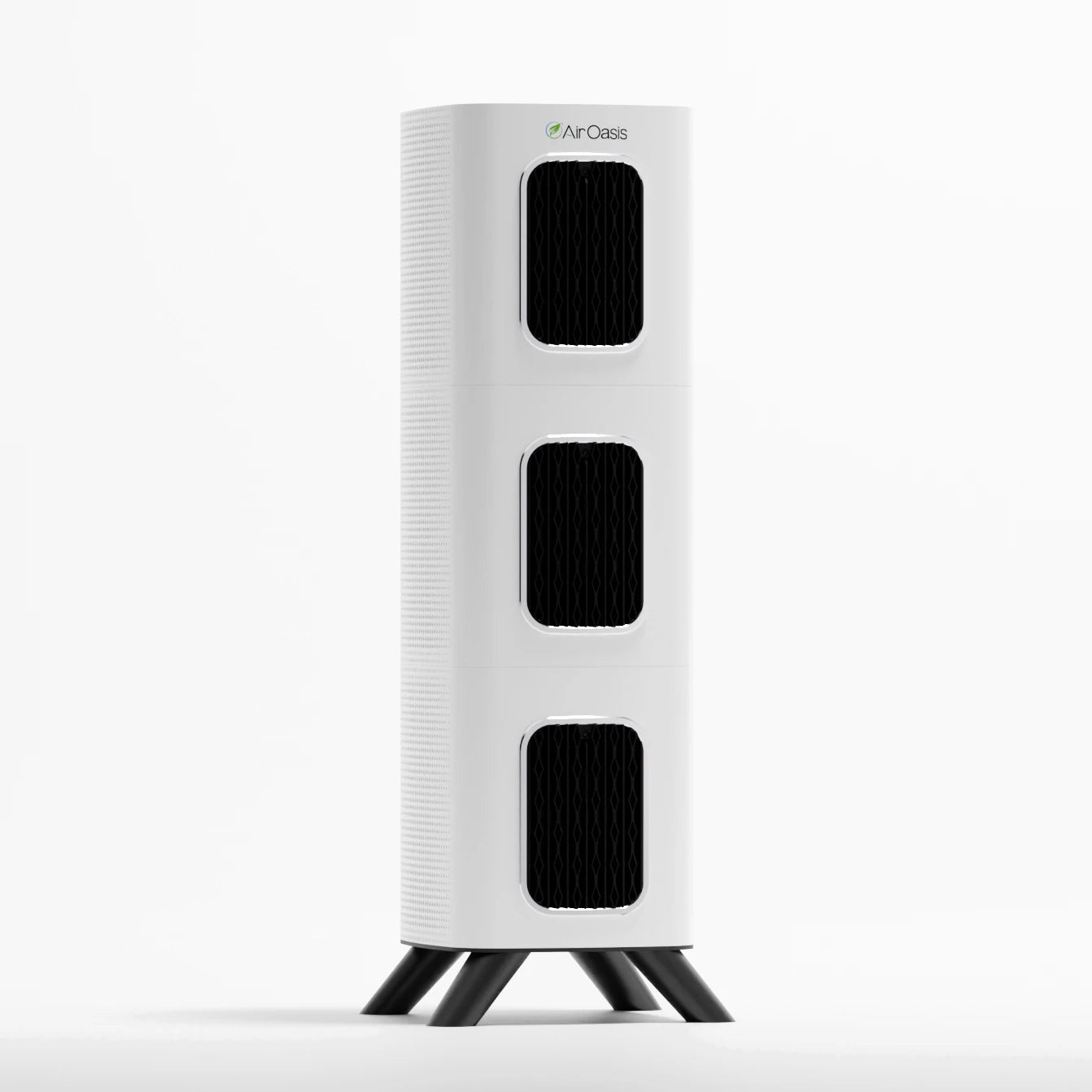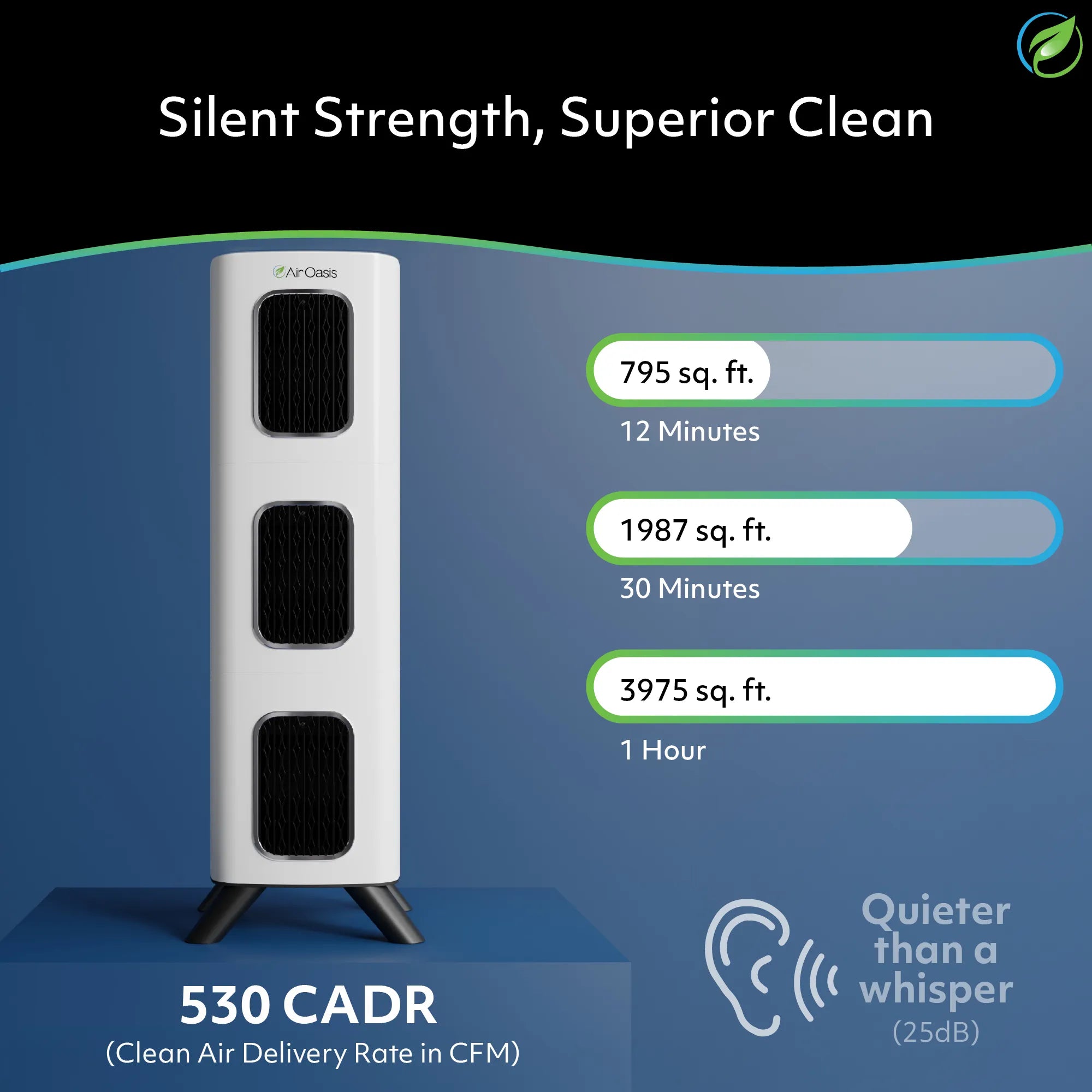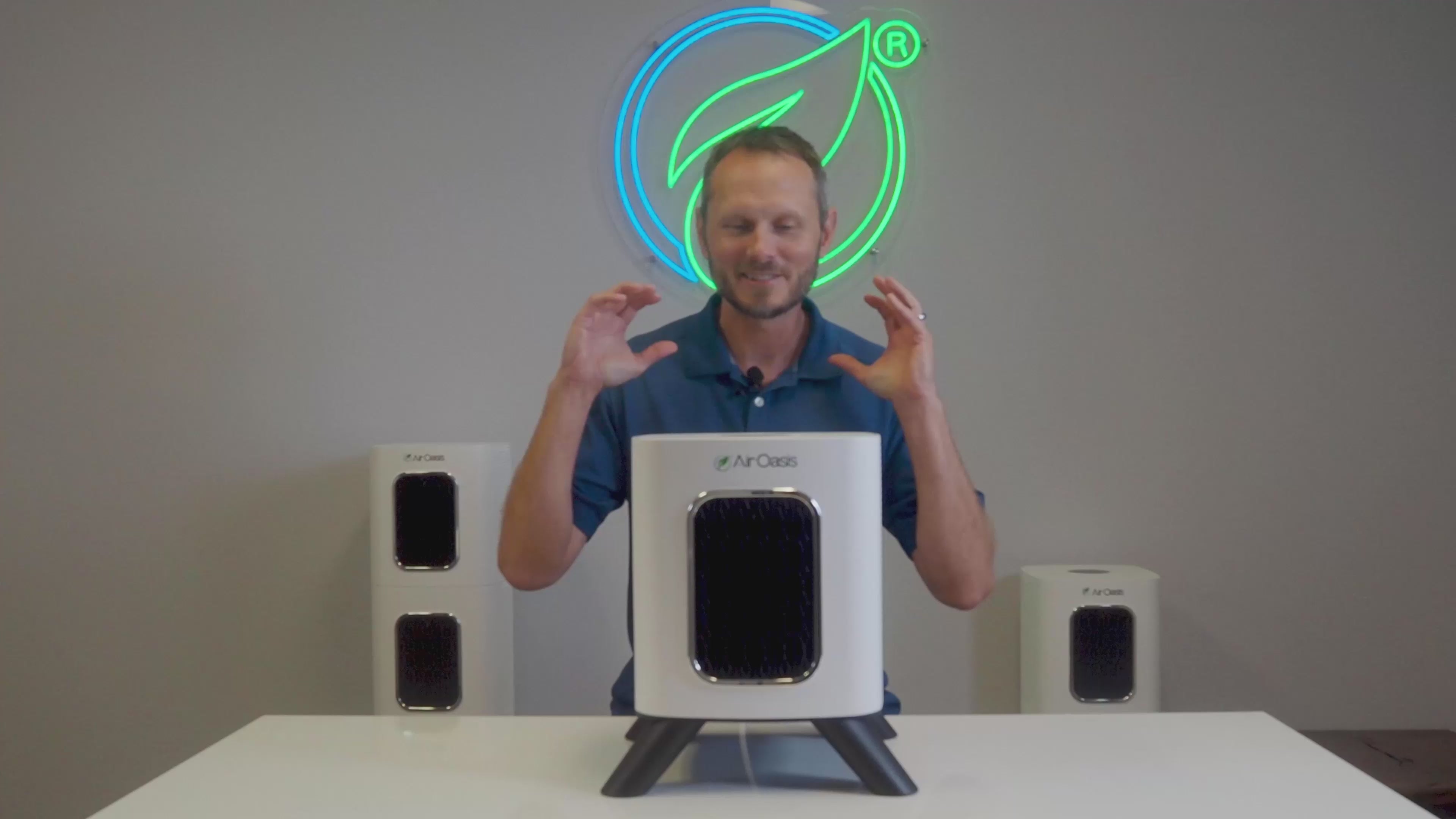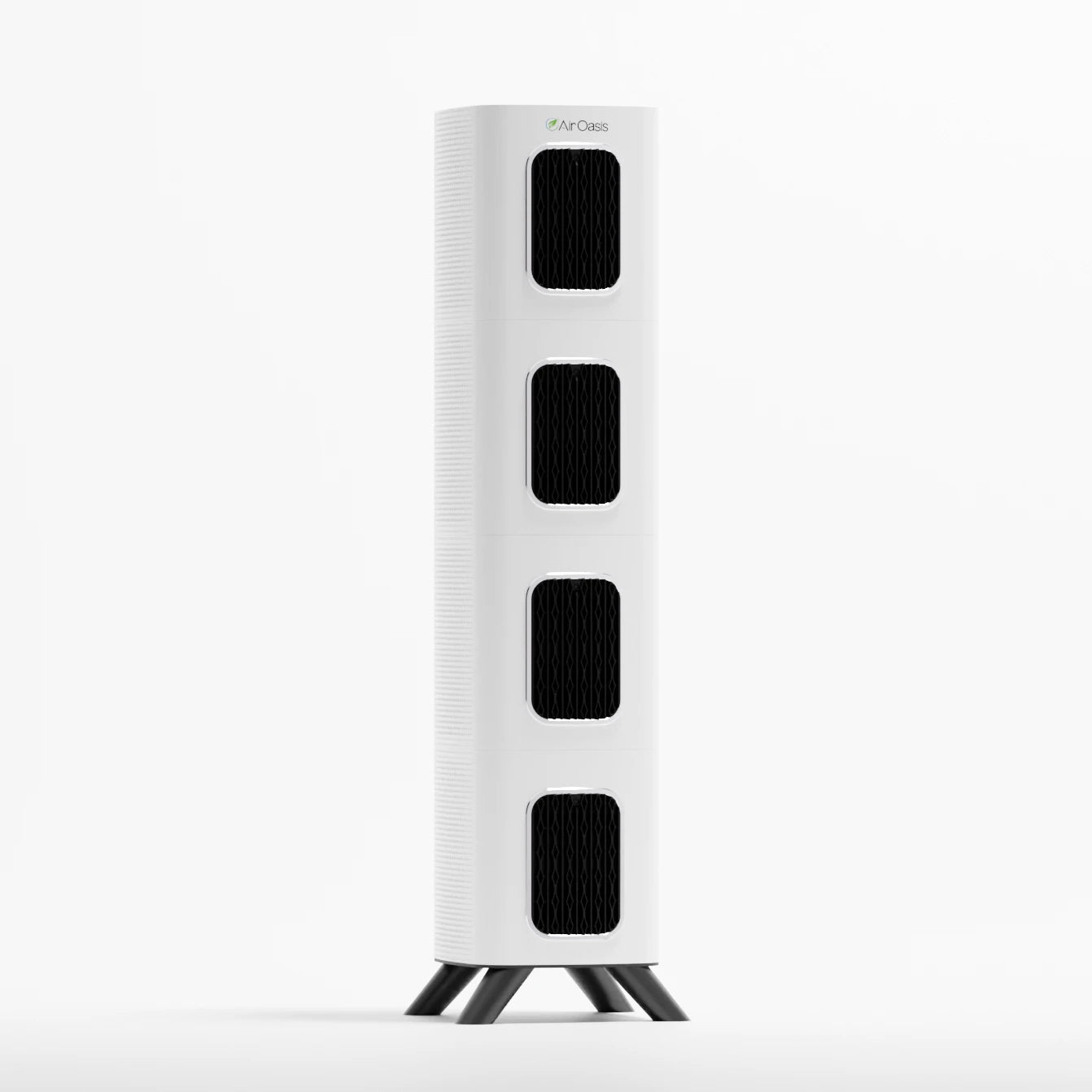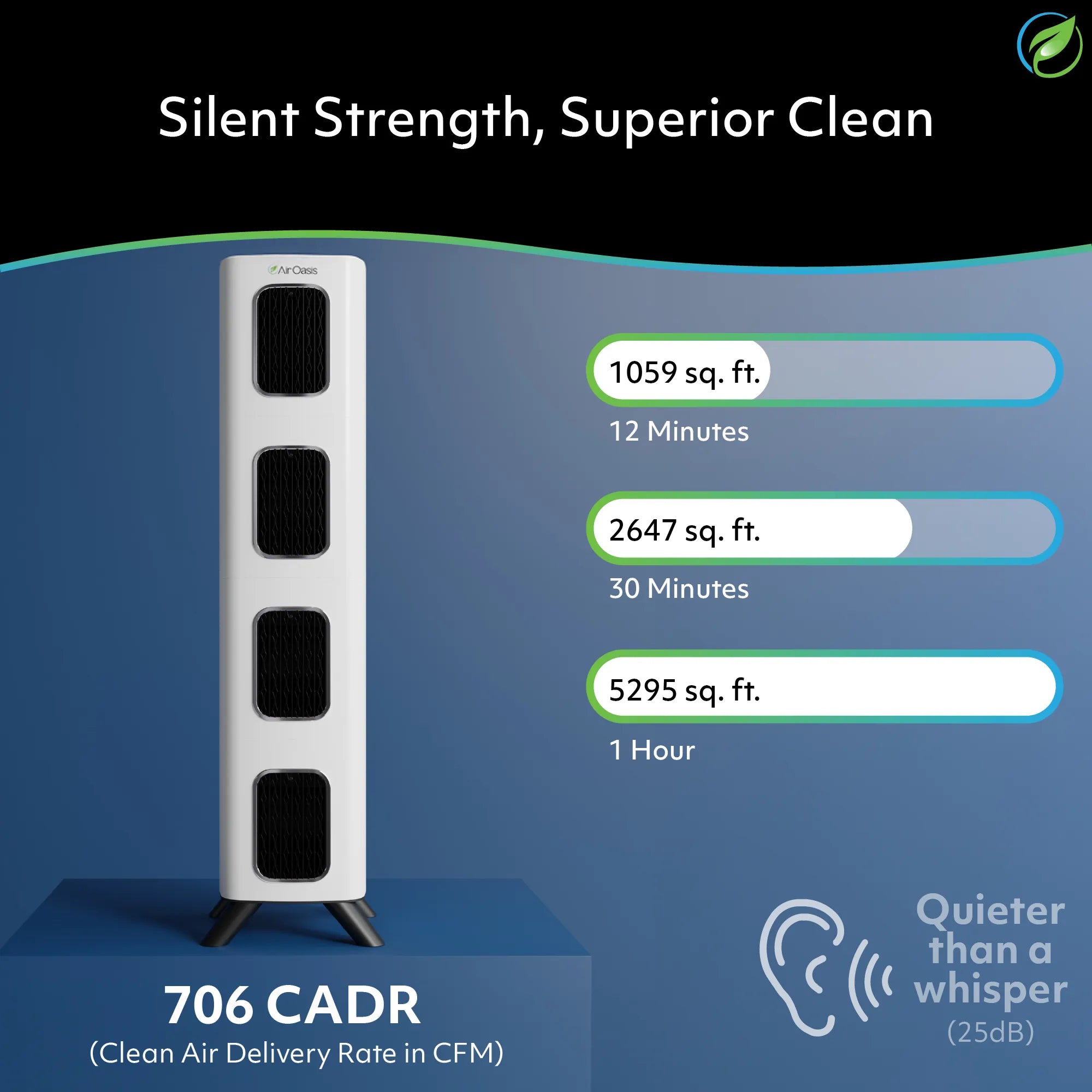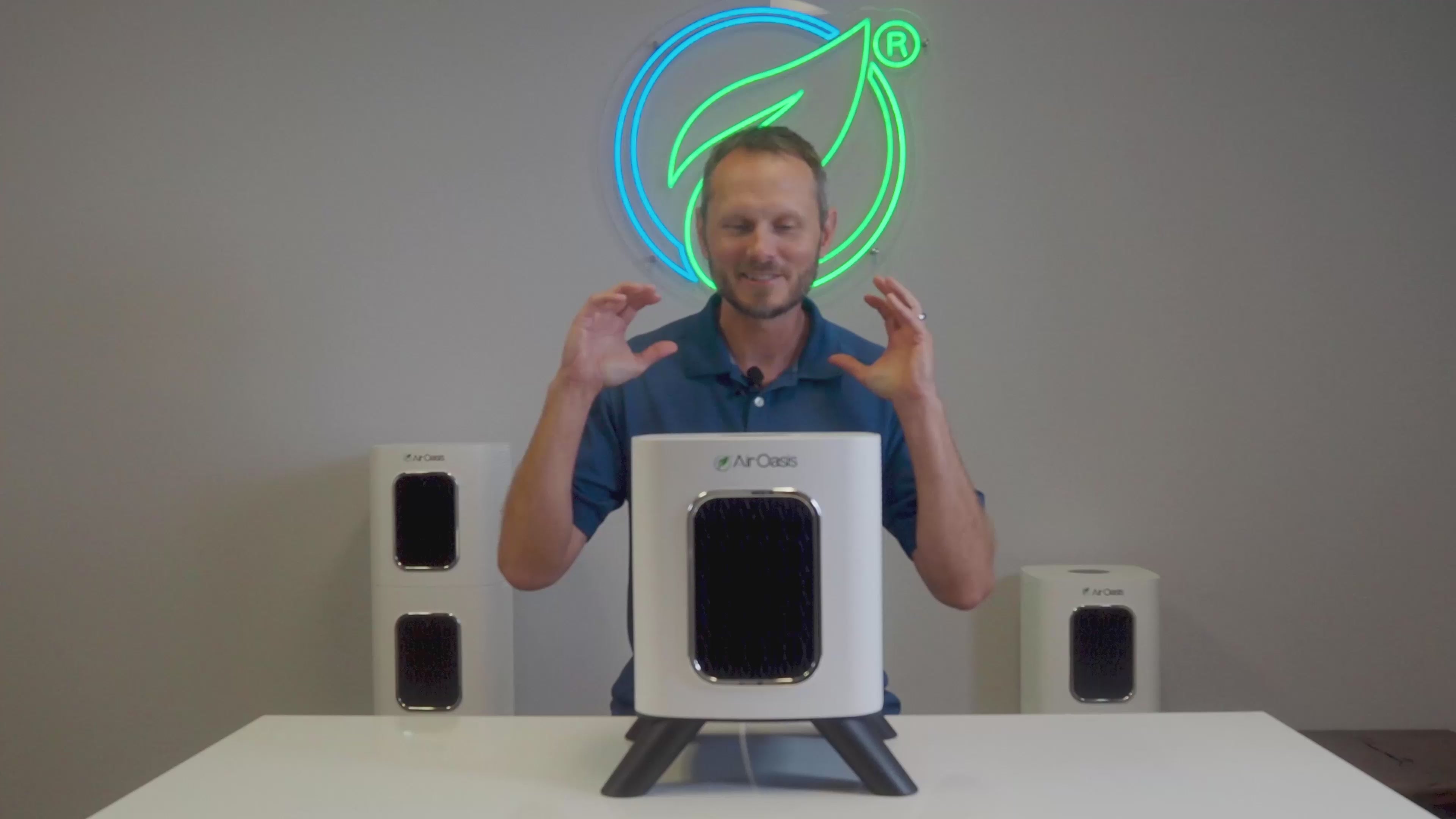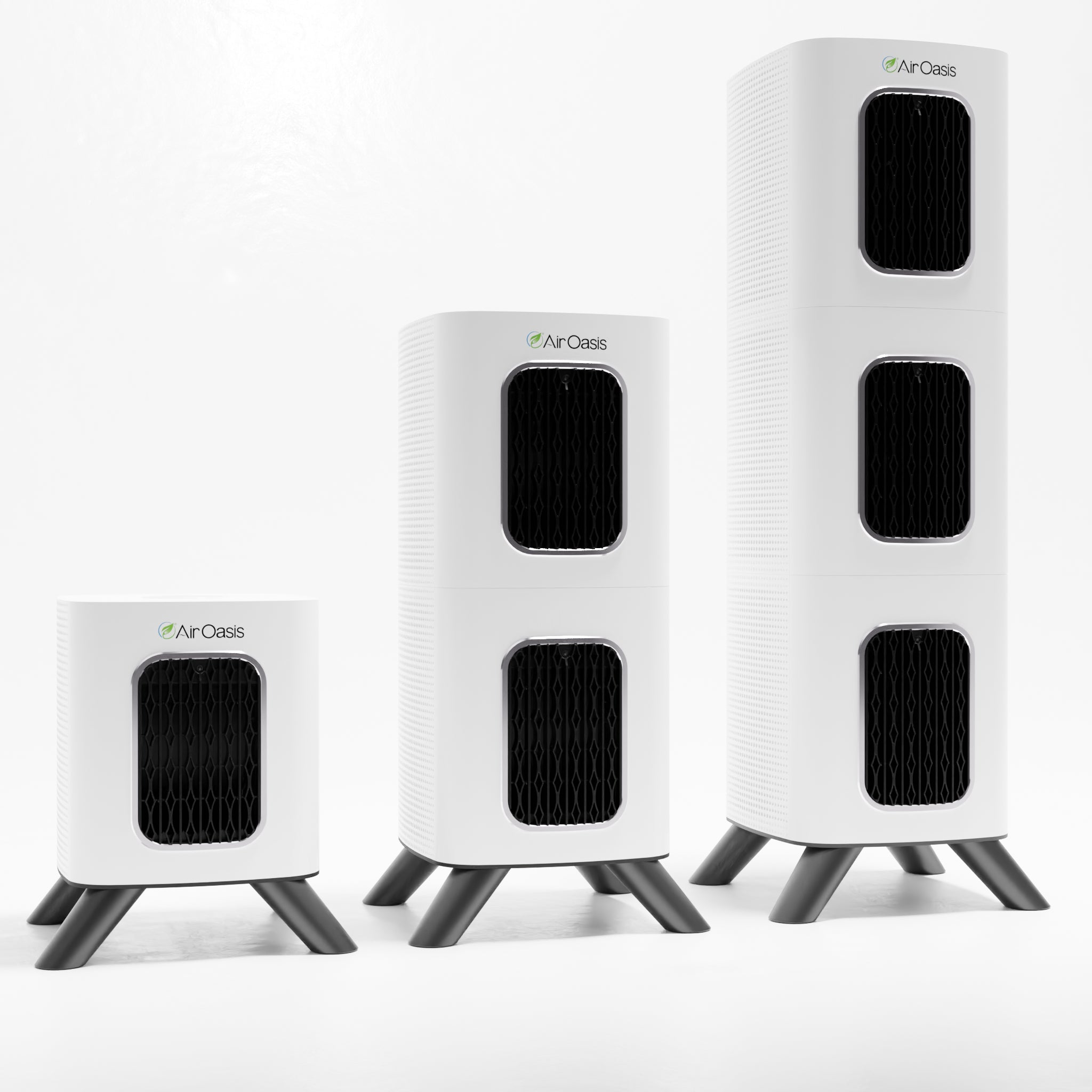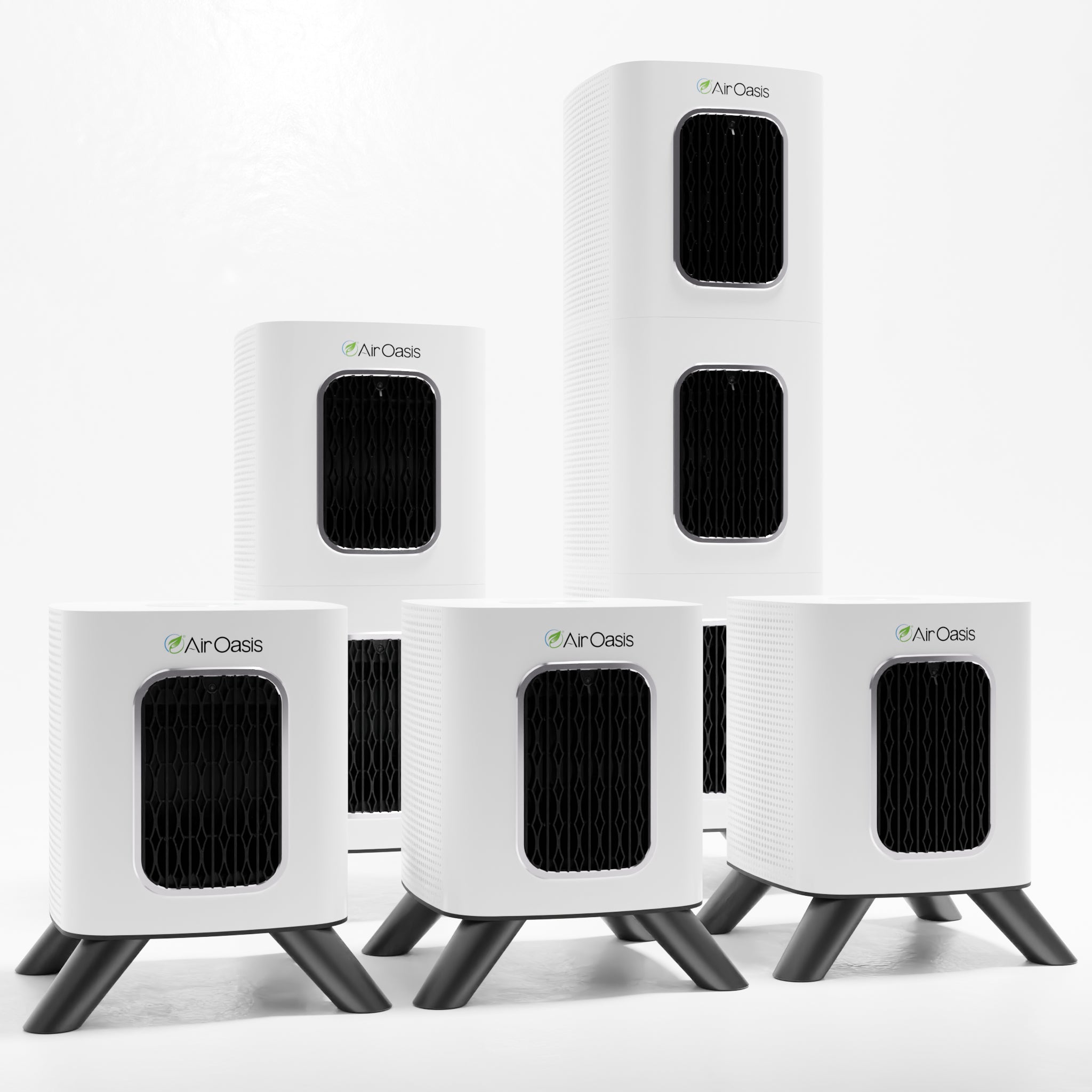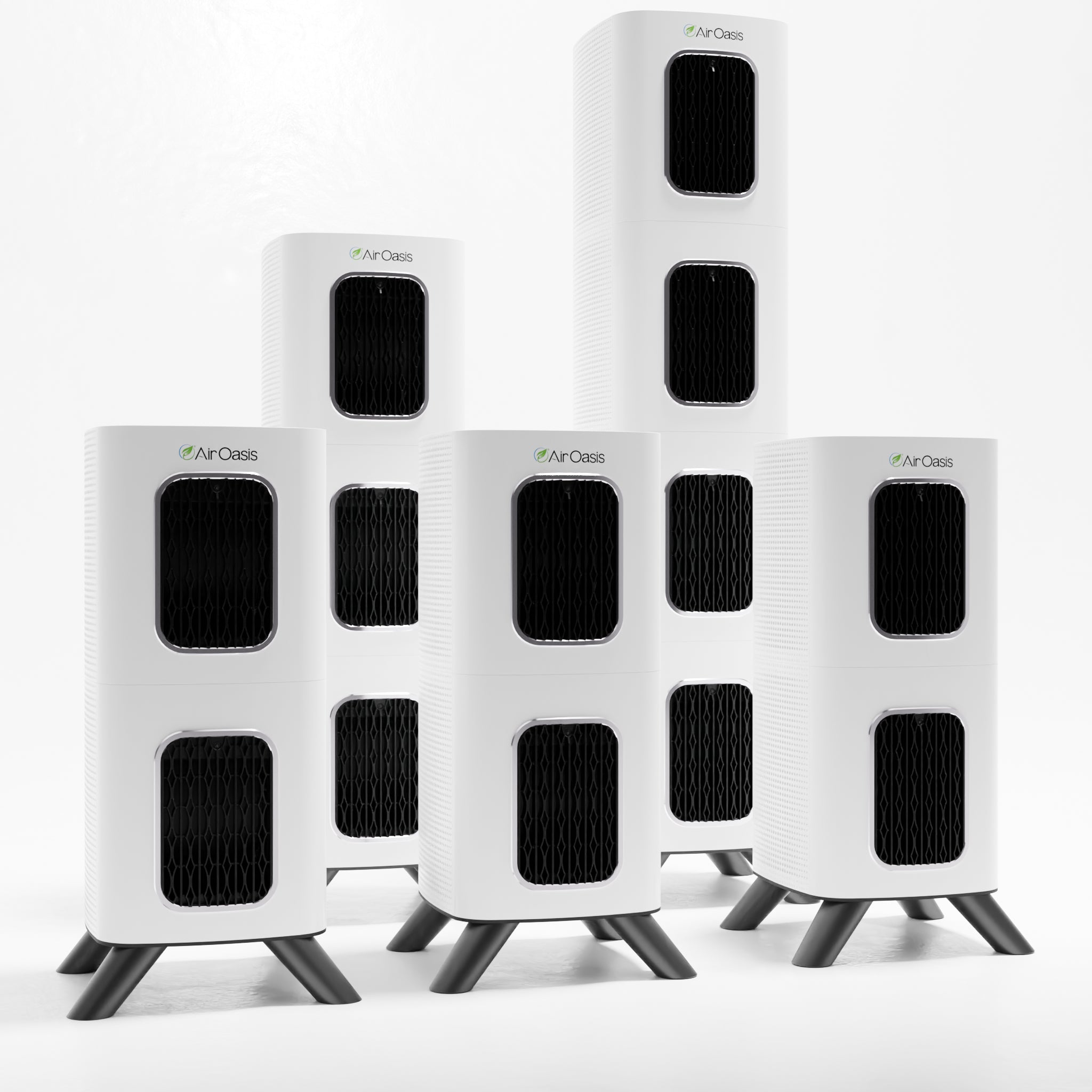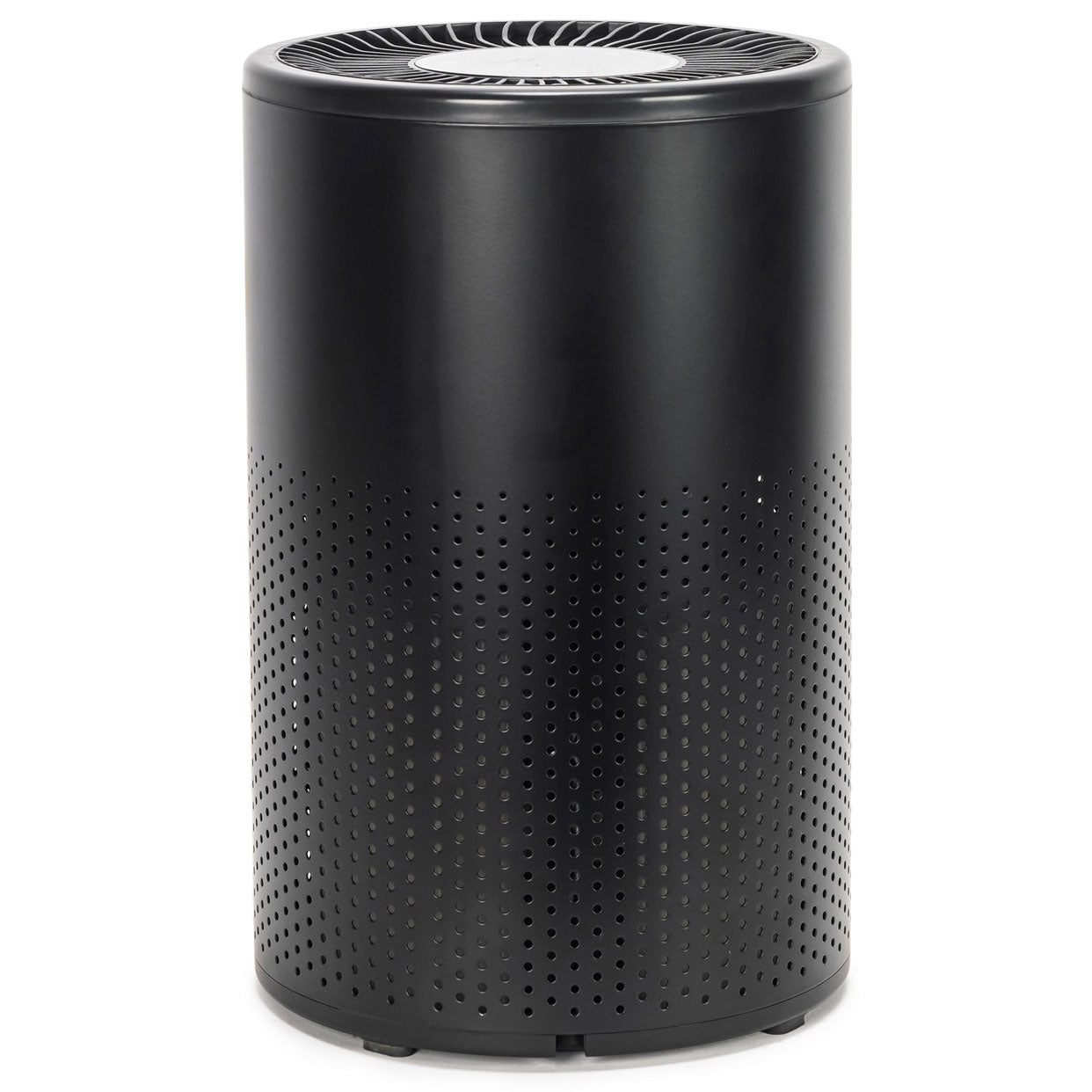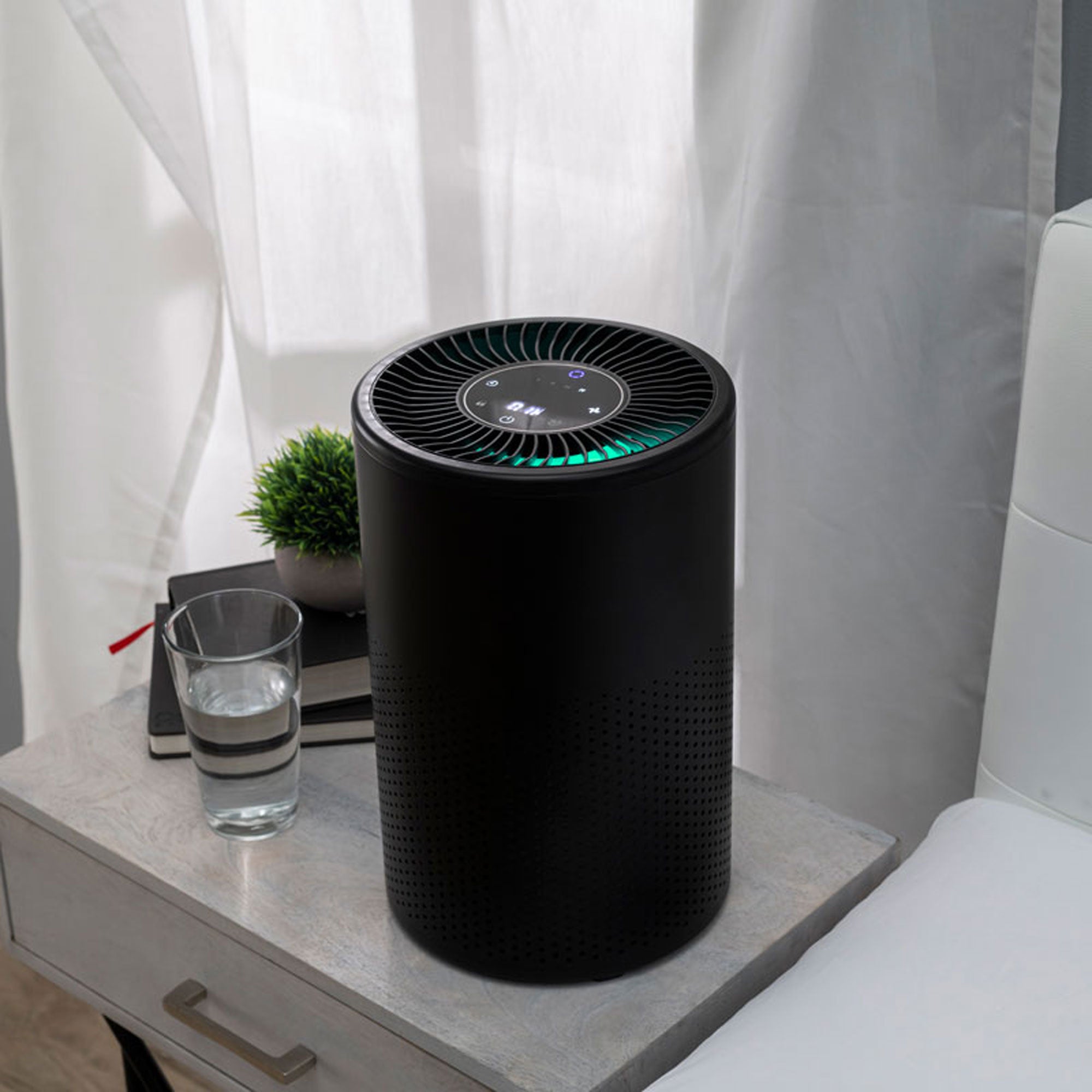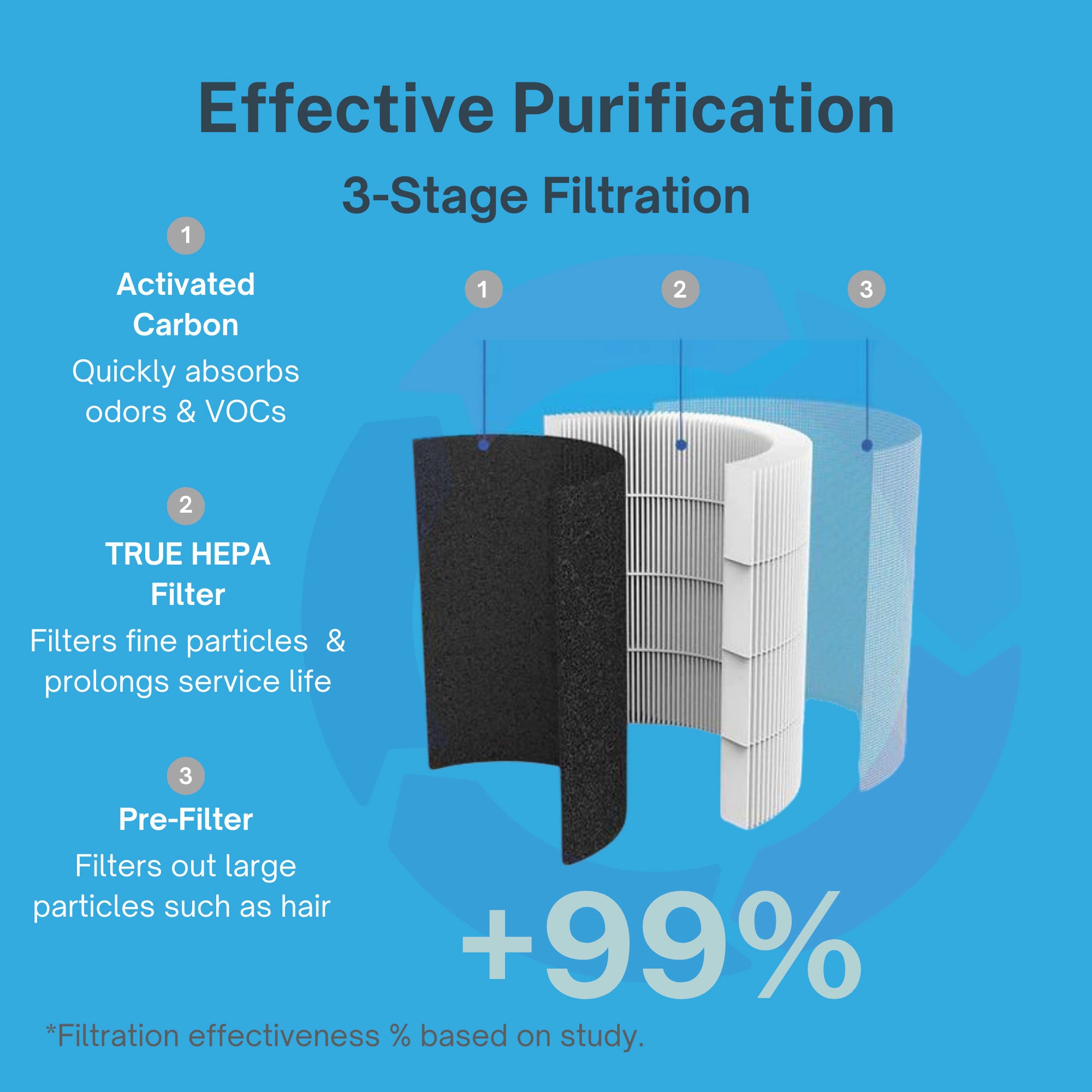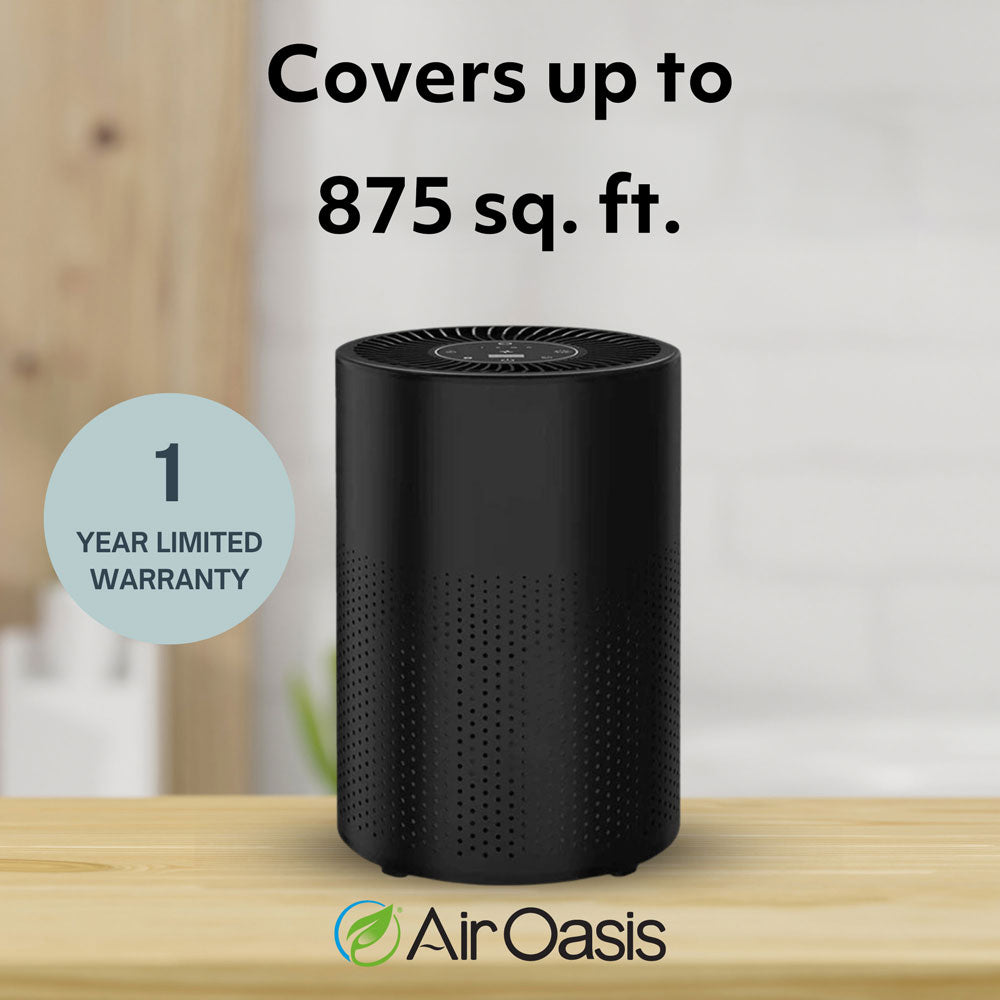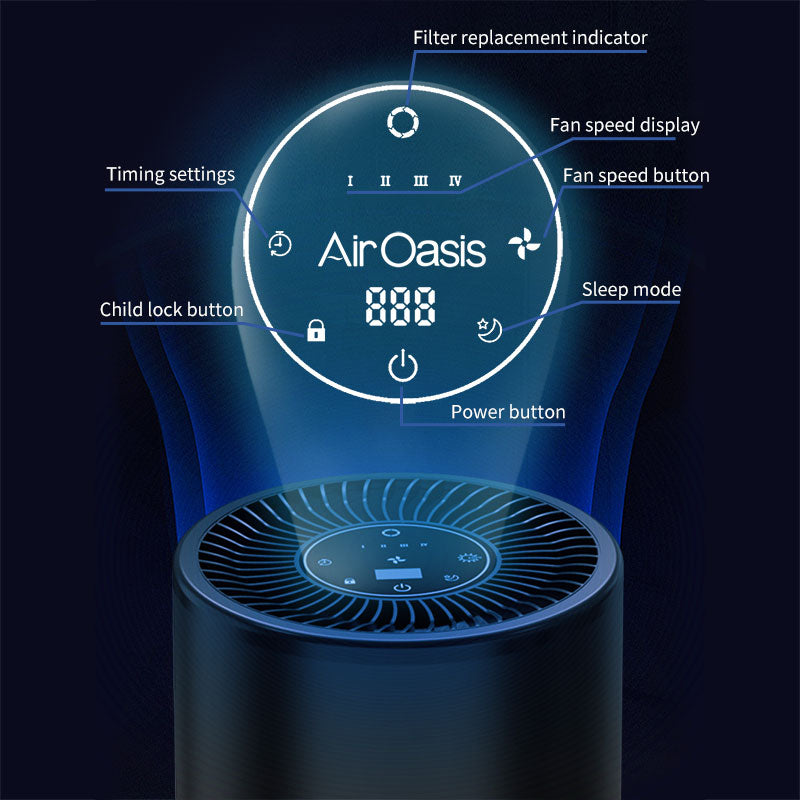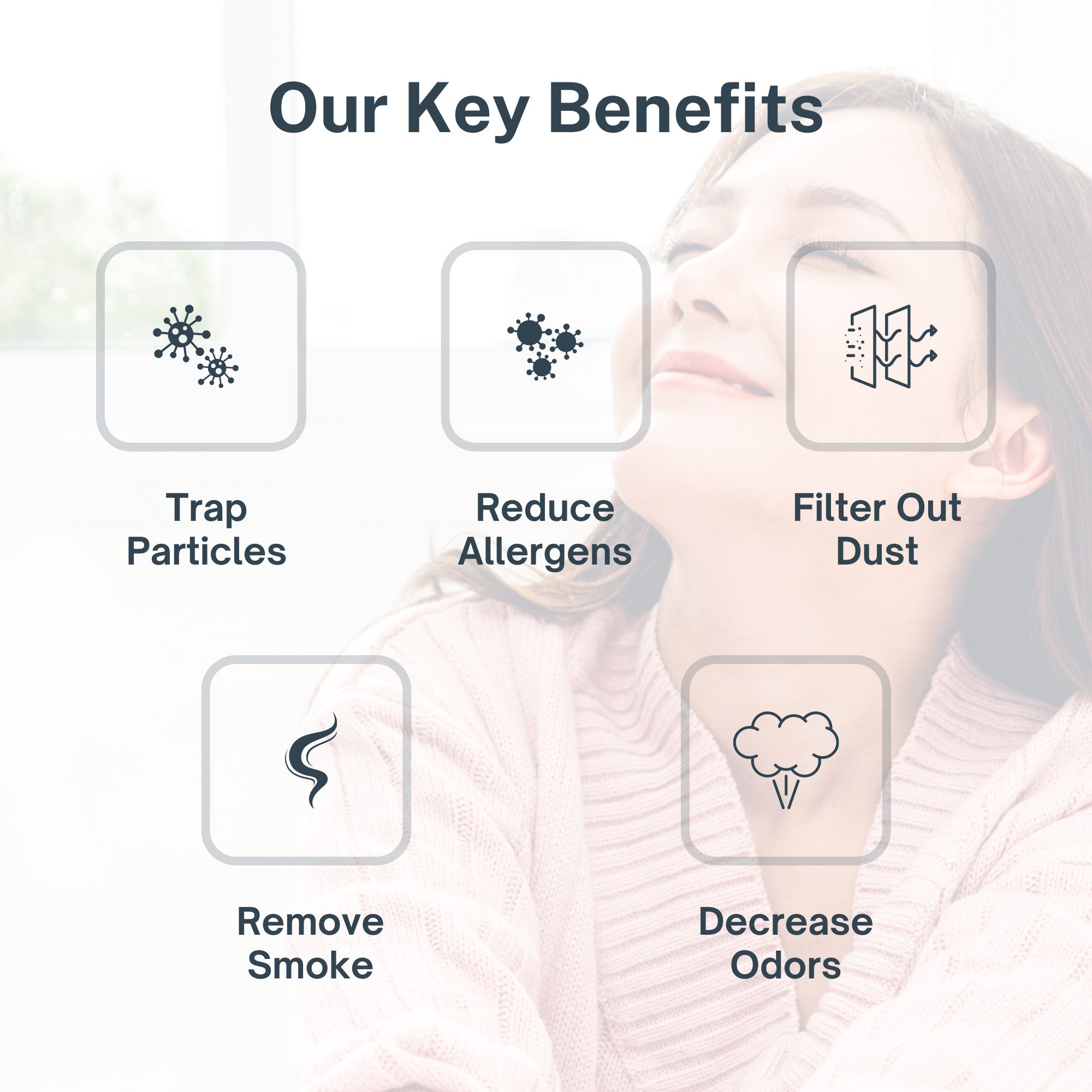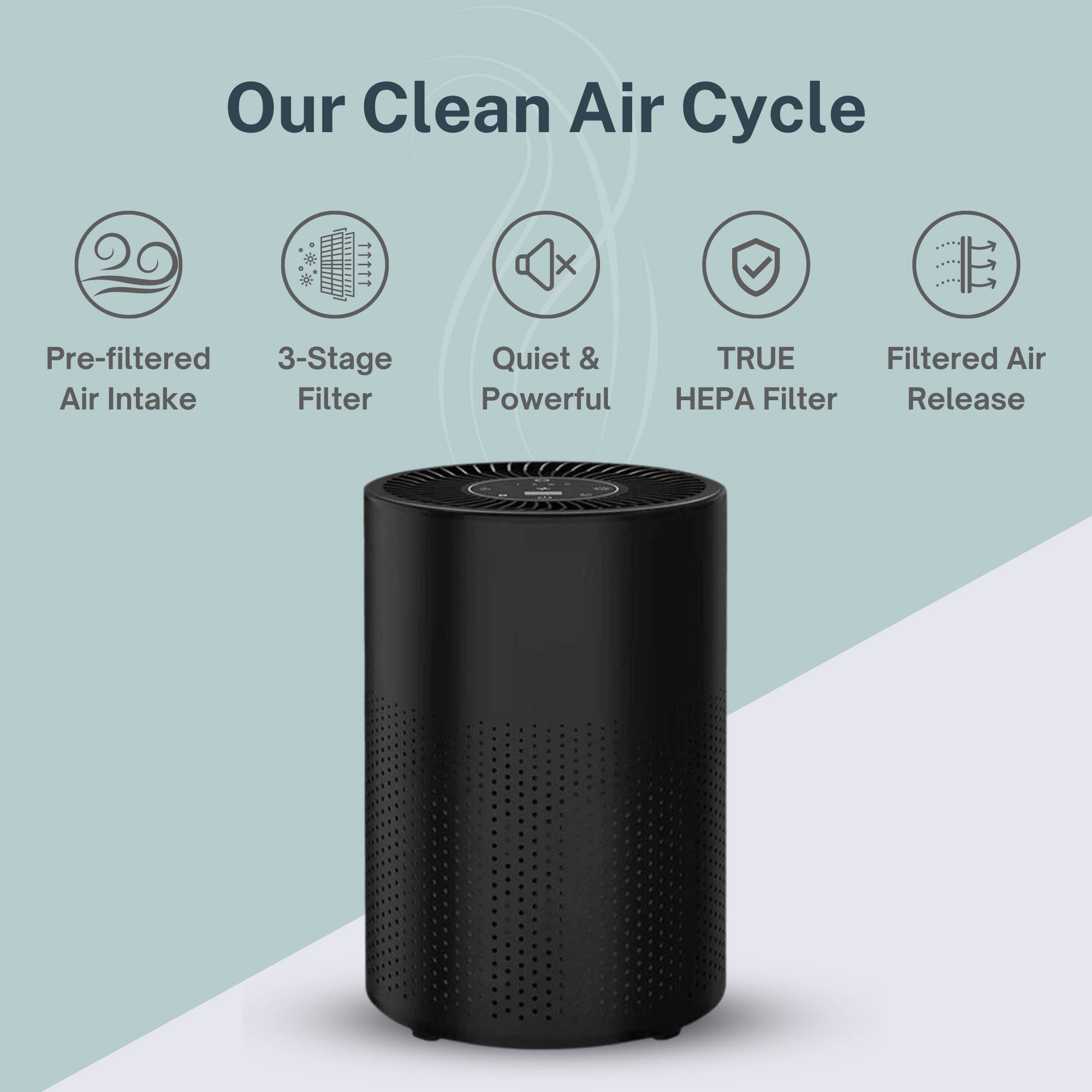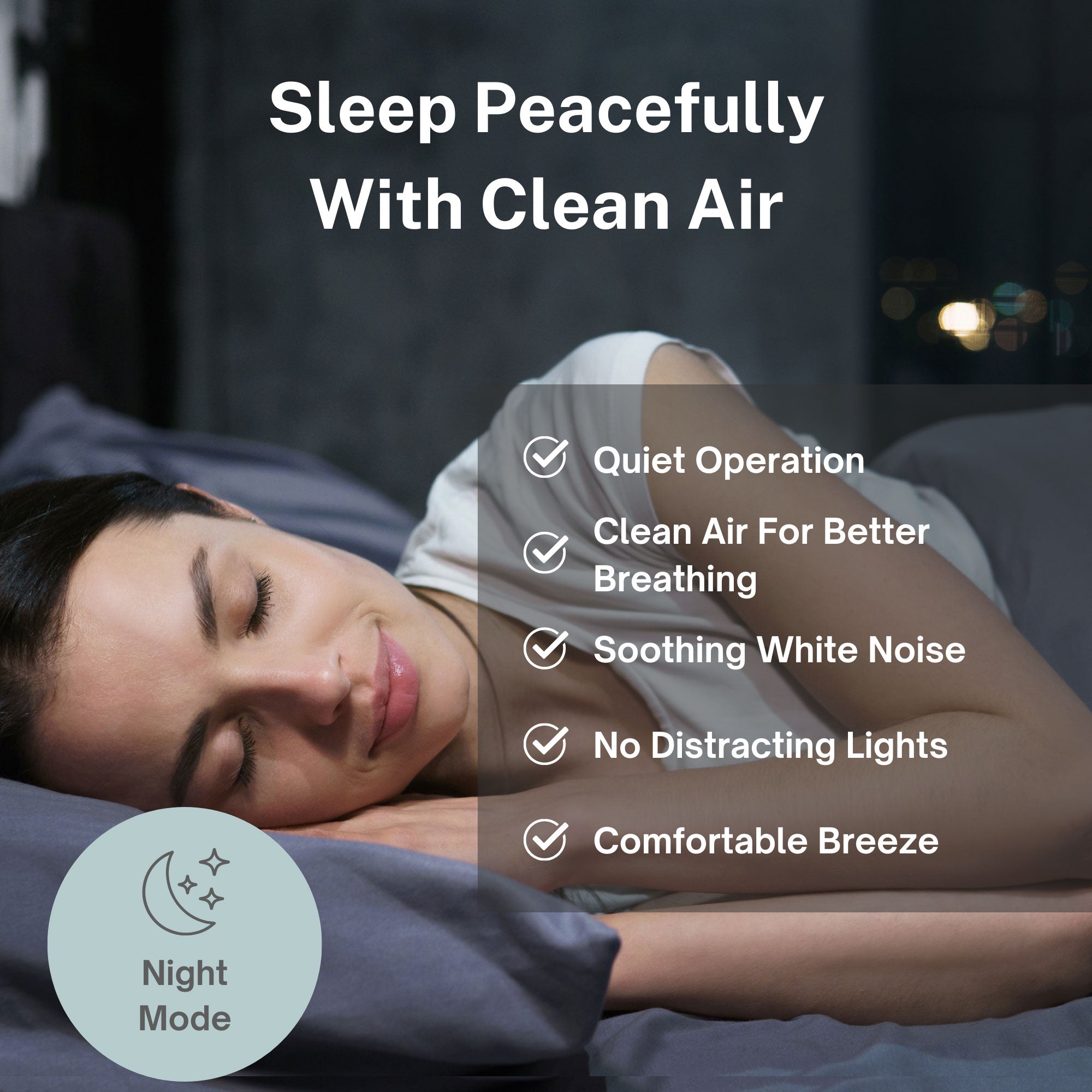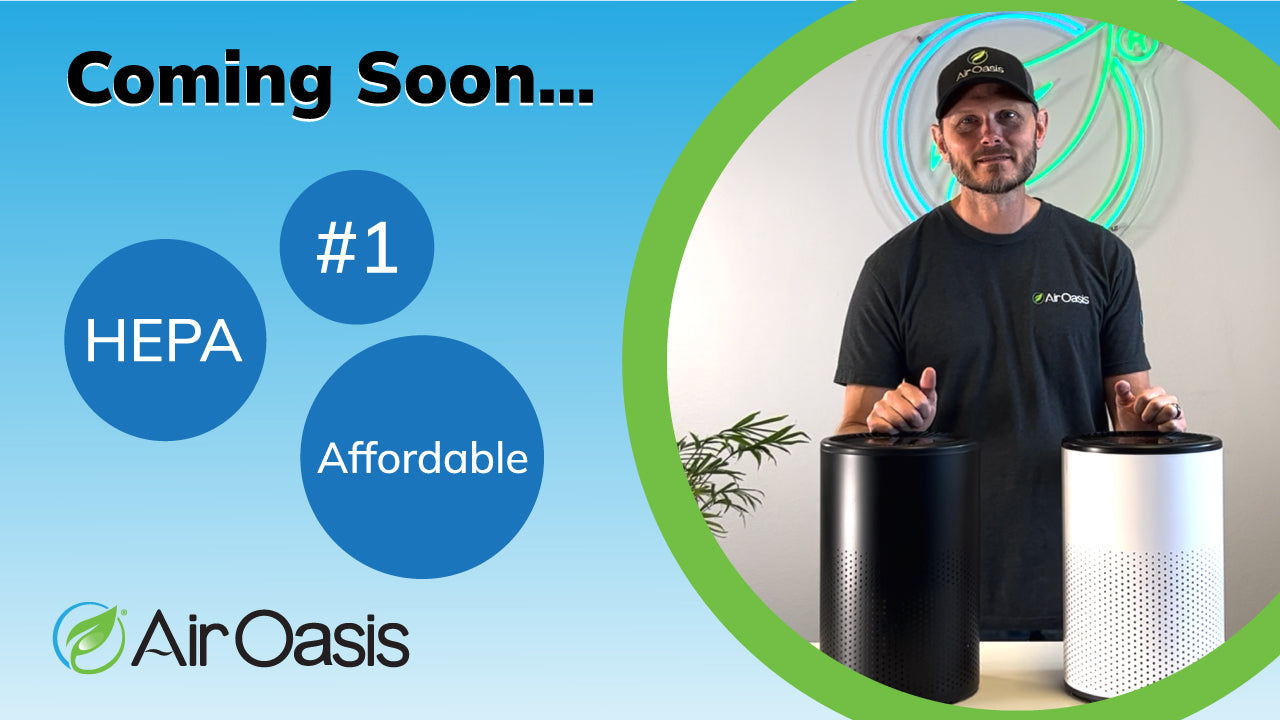Air pollution represents one of the most significant public health threats worldwide, with seven million deaths annually attributed to the combined effects of household and ambient air pollution. For individuals with chronic respiratory diseases like COPD and asthma, air pollution exposure creates particularly severe health risks that require immediate attention and proactive protection strategies.
Understanding how air pollutants specifically affect chronic airway diseases and knowing what protective measures actually work can mean the difference between maintaining stable health and experiencing dangerous exacerbations that lead to emergency room visits or hospitalizations.
How Air Pollution Specifically Targets Respiratory Health
Air pollution affects the respiratory system through multiple mechanisms that are especially problematic for people with existing lung conditions. Fine particulate matter (PM2.5) and other pollutants penetrate deep into lung tissue, triggering inflammatory responses that worsen existing respiratory conditions.
Primary Health Effects Include:
- Decreased pulmonary function in COPD patients
- Increased frequency of asthma attacks
- Higher rates of respiratory infections
- More emergency room visits and hospitalizations
- Reduced effectiveness of rescue medications
- Increased respiratory mortality rates
The research shows that patients with COPD experience more frequent exacerbations when exposed to particulate matter from fossil fuel combustion. The inflammation caused by air pollutants impairs already-reduced pulmonary function and can trigger the cascade of symptoms that define COPD flare-ups.
For asthma patients, exposure to nitrogen dioxide (NO2) during infancy increases childhood asthma risk, while ongoing exposure can reduce the effectiveness of short-acting bronchodilators, making rescue inhalers less helpful during attacks.
Understanding Indoor vs. Outdoor Air Pollution Sources
While outdoor air pollution receives significant attention, indoor air pollution often poses greater risks for people with chronic respiratory diseases since most people spend 80-90% of their time indoors.
Major Outdoor Pollutants:
- Particulate matter (PM10 and PM2.5) from vehicle emissions
- Ozone (O3) from industrial processes
- Nitrogen dioxide (NO2) from traffic
- Sulfur dioxide (SO2) from power plants
- Carbon monoxide (CO) from combustion sources
Critical Indoor Pollutants:
- Fine particles from cooking and fuel combustion
- Volatile organic compounds from furniture and construction materials
- Formaldehyde and benzene from household products
- Biological pollutants from damp materials
- Tobacco smoke and secondhand smoke
- Radon gas from building materials
Indoor pollutant concentrations can exceed outdoor levels, particularly in homes with poor ventilation, gas appliances, or moisture problems. For COPD and asthma patients, controlling indoor air quality becomes essential for preventing symptom exacerbations.
Using Air Quality Index to Guide Daily Activities
The Air Quality Index (AQI) provides crucial information for people with chronic respiratory diseases to plan daily activities safely. Understanding AQI readings and appropriate responses can prevent dangerous exposures.
AQI Action Guidelines for Respiratory Patients:
- Good (0-50): Normal outdoor activities acceptable
- Moderate (51-100): Sensitive individuals should limit prolonged outdoor exertion
- Unhealthy for Sensitive Groups (101-150): Reduce prolonged outdoor activities; COPD and asthma patients should be particularly cautious
- Unhealthy (151-200): Avoid all outdoor physical activity
- Very Unhealthy (201-300): Remain indoors with minimal activity
Ozone levels typically peak during warmer months and afternoon hours, while particulate matter often increases during rush hours near busy roadways. COPD and asthma patients should pay special attention to which specific pollutants are elevated, as different pollutants trigger different responses.
Protective Equipment and Mask Guidelines
N95 masks can provide significant protection against particulate matter for people with chronic respiratory diseases, though proper selection and use are crucial for effectiveness.
Mask Selection Criteria:
- N95 or R95 masks filter 95% of airborne particles
- Surgical masks provide minimal protection against PM2.5
- Activated carbon masks help with gaseous pollutants
- Proper fit is essential for effectiveness
However, N95 masks create breathing resistance that may be problematic for people with severe COPD or asthma. Patients should consult healthcare providers about appropriate mask use, as the breathing effort required may outweigh protective benefits in some cases.
For outdoor activities during moderate air quality days, well-fitted N95 masks can allow people with respiratory conditions to maintain more normal activity levels while reducing pollutant exposure.
Indoor Air Quality Control Strategies
Creating clean indoor environments provides the most reliable protection for people with chronic respiratory diseases. Multiple strategies work together to reduce indoor pollutant levels effectively.
Source Control Measures:
- Use exhaust fans when cooking to remove combustion pollutants
- Choose low-emission furniture and building materials
- Maintain HVAC systems to prevent mold growth
- Address moisture problems immediately
- Avoid tobacco smoke completely
- Use clean-burning fuels instead of biomass when possible
Ventilation Improvements:
- Open windows when outdoor air quality is good
- Use whole-house ventilation systems
- Install bathroom and kitchen exhaust fans
- Ensure proper ventilation around gas appliances
Professional Air Purification: The Air Oasis iAdaptAir systems provide medical-grade filtration specifically designed for people with respiratory conditions. These systems combine HEPA filtration, UV-C sterilization, and controlled ionization to remove both particulate matter and gaseous pollutants that trigger respiratory symptoms.
Research demonstrates that high-efficiency air purification can significantly reduce indoor particulate matter concentrations, increase symptom-free days for asthma patients, and reduce COPD exacerbation frequency.
The Critical Role of HEPA Filtration
HEPA (High-Efficiency Particulate Air) filters represent the gold standard for removing airborne particles that affect respiratory health. For people with COPD and asthma, HEPA filtration provides measurable health benefits.
HEPA Filter Benefits:
- Remove 99.97% of particles 0.3 microns and larger
- Capture PM2.5, pollen, dust mites, and mold spores
- Reduce asthma triggers in the home environment
- Improve lung function in children with asthma
- Decrease respiratory symptoms and medication needs
Whole-house HEPA systems integrated with HVAC systems provide comprehensive protection, while portable HEPA air purifiers offer targeted protection for bedrooms and living areas where people spend the most time.
The Air Oasis air purification systems exceed basic HEPA standards by incorporating multiple filtration technologies that address the full spectrum of indoor air pollutants affecting respiratory health.
Emergency Response During High Pollution Events
During wildfire smoke episodes, air quality alerts, or other high-pollution events, people with chronic respiratory diseases need immediate protective strategies to prevent dangerous exacerbations.
Emergency Protection Protocol:
- Remain indoors with windows and doors closed
- Use air conditioning on recirculate mode
- Run HEPA air purifiers continuously
- Avoid activities that generate indoor pollutants
- Monitor symptoms closely for worsening
- Have rescue medications readily available
- Contact healthcare providers if symptoms worsen
Research shows that HEPA air purifiers can effectively reduce PM2.5 exposure during forest fires and significantly decrease the odds of reporting adverse respiratory effects during smoke events.
Supporting Respiratory Health Through Lifestyle Measures
Beyond environmental controls, certain lifestyle approaches support respiratory health and may reduce sensitivity to air pollution effects.
Nutritional Support:
- Increase intake of antioxidant-rich fruits and vegetables
- Focus on vitamin C and vitamin E sources
- Include anti-inflammatory foods like leafy greens
- Maintain adequate hydration
Smoking Cessation: Smoking cessation represents the single most important intervention for people with COPD or asthma, especially when facing air pollution challenges. Smoking creates additional indoor air pollution while worsening underlying respiratory conditions.
Exercise Considerations: During good air quality days, appropriate exercise helps maintain respiratory function. However, outdoor exercise should be avoided when AQI exceeds safe levels for sensitive individuals.
Long-Term Health Protection Strategies
Protecting respiratory health from air pollution requires sustained attention to both environmental controls and medical management. The most successful approaches combine multiple protective strategies rather than relying on single interventions.
Comprehensive Protection Plan:
- Install and maintain professional-grade air purification
- Monitor local air quality reports daily
- Adjust activities based on AQI readings
- Maintain regular medical care for underlying conditions
- Keep rescue medications current and accessible
- Address indoor air quality sources proactively
The goal is creating environments where people with chronic respiratory diseases can maintain stable health and normal activities despite external air quality challenges.
Taking Action to Protect Your Respiratory Health
Air pollution poses serious risks for people with COPD, asthma, and other chronic airway diseases, but effective protection strategies can significantly reduce these health impacts. The combination of environmental awareness, appropriate protective equipment, and comprehensive indoor air quality control provides the foundation for maintaining respiratory health.
Professional air purification systems offer reliable protection that works continuously, regardless of outdoor air quality conditions. For people with chronic respiratory diseases, investing in proven air quality technology represents essential health protection rather than optional comfort enhancement.
Ready to create the clean indoor environment necessary for protecting your respiratory health? Shop Air Oasis today for medical-grade air purification systems specifically designed to help people with COPD, asthma, and other chronic respiratory conditions breathe easier and stay healthier.





